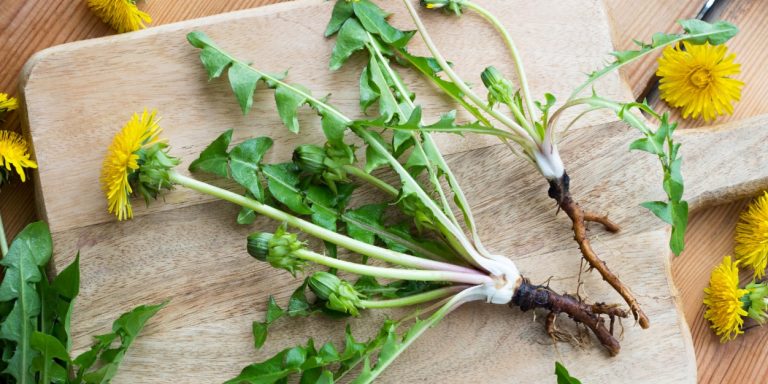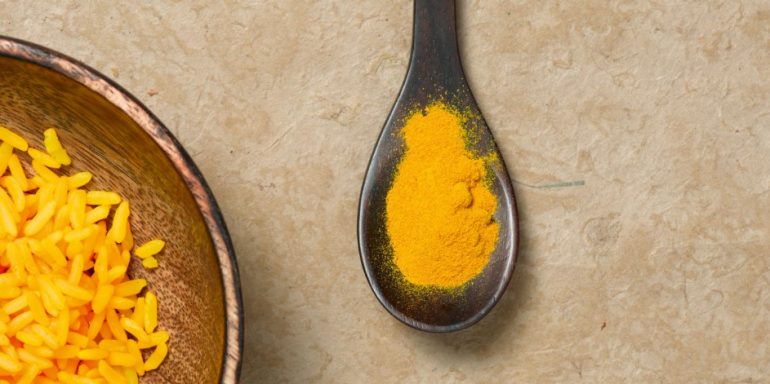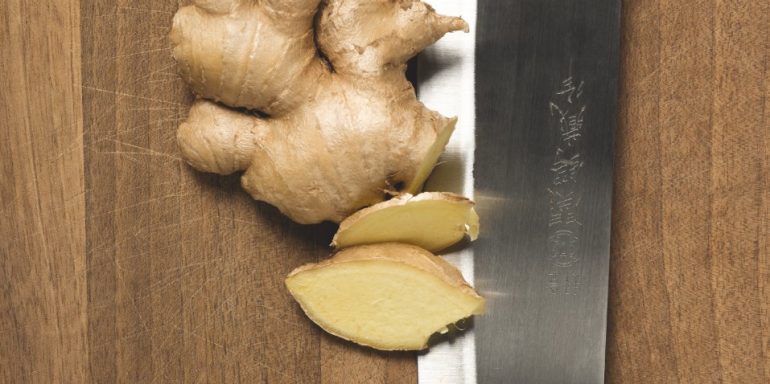
A natural detoxification treatment: dandelion
The dandelion is omnipresent with its sea of yellow flowers. Everyone knows it, as evidenced by its countless common names. In herbal medicine, it is considered the most effective detoxifying plant, because it improves digestion and urination.
There is probably no other medicinal plant which fires the imagination of our inner child or artist more: children make wonderful jewellery with it, turn the yellow flower heads into honey or blow its dandelion clocks at each other, which is why it is also known colloquially as a blowball. The dandelion features prominently in art, for instance in Salvador Dalí’s “Tristan and Isolde” – in this painting, Isolde is wearing a blowball on her head.
In Albrecht Dürer’s “Great Piece of Turf”, it symbolises the beauty of its very existence, and Goethe considered its stem’s spiral shape the key to gaining deeper insights into nature's secrets. It is also inspiring for the body, since dandelion cleanses it intensely and thoroughly, resulting in a level of ease which again provides the time and space needed for creativity to flourish.
Vigorous detoxifier
The dandelion flushes out from the organism impurities created in the body as a result of food which is difficult to digest. Stimulating bile production aids digestion of fats and simultaneously reduces gallstone formation. Furthermore, the dandelion strengthens stomach and bowel movements, alleviating cramps, reducing bloating and channelling flatulence, so that nutrients are better absorbed and regular bowel movements are possible.
The thus improved digestive function prevents impurities from forming in the entire organism, meaning that even rheumatic complaints can be alleviated if this remedy is taken in the long term. In addition, the dandelion channels water which has built up away from the tissue, deacidifies it simultaneously and facilitates urination, which completely detoxifies the body.
Unmistakable flower head
The dandelion (Taraxacum officinale) grows in virtually any location, but it does prefer humus-rich and well-fertilised soil. You can identify it by its distinctively shaped leaves and its bright yellow flower head. No two leaves are alike, but characteristic features include the denticulate bulges which botanically speaking are called “backward pointing lobes”. All leaves originate from a large basal rosette, from which a hollow stem grows upwards which exudes a milky sap when damaged. Right at the top of the leafless stem sits the yellow bushy flower head which is made up of countless fine petals. When the flowers wither, the well-known “dandelion clocks” form, which the wind carries over large distances.
Tea preparation
Add one tablespoon (3 – 4 g) of dandelions including the roots to 250 ml of cold water, briefly bring to the boil, allow to steep for ten minutes, then pour through a sieve and drink when tepid. If drunk before meals, it stimulates the appetite, whereas if consumed with or after meals, it prevents flatulence, bloating and constipation. Do not drink the tea after 8 p.m. due to its diuretic effect.
Coffee made from dandelion roots
The roots are dug out in spring before the stems form. Wash the roots with water and cut into small pieces. Spread them out on a towel and leave to dry at room temperature. Evenly roast the dried rootstocks in a frying pan. Once cool, put into an air-tight container. Grind rootstocks like coffee before use.
Method: Add one teaspoon of powder to 250 ml of water, bring to the boil, do not allow to steep for too long (5 –10 min.), otherwise it will be too bitter.



Newsletter
Find out more about current health issues every month and get all the information you need about our attractive offers from all Helsana Group companies * delivered by e-mail to read whenever it suits you. Our newsletter is free of charge and you can sign up here:
We did not receive your information. Please try again later.
* The Helsana Group comprises Helsana Insurance Company Ltd, Helsana Supplementary Insurances Ltd and Helsana Accidents Ltd.